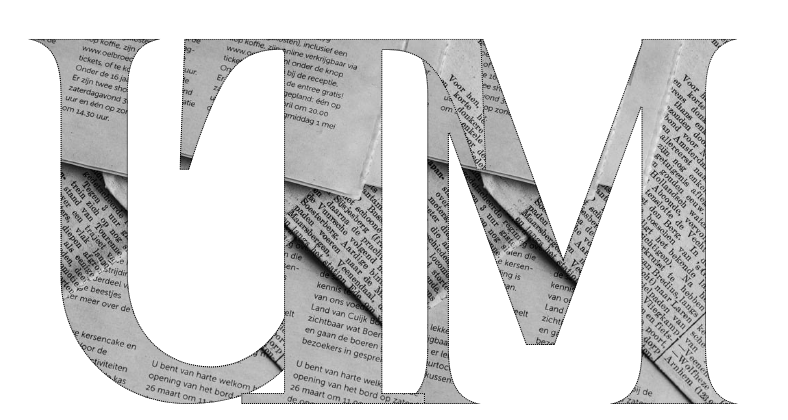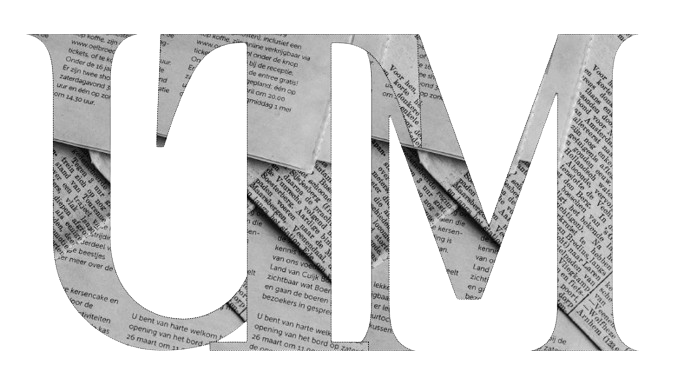Futures declined while stocks in Asia fluctuated in choppy trading Thursday as traders weighed downbeat remarks on China’s economy by Premier Li Keqiang with Federal Reserve minutes that struck a less hawkish note. An MSCI Inc. gauge of Asia-Pacific shares fell as technology names weighed on Hong Kong. S&P 500 and Nasdaq 100 futures slid as did European contracts. Overnight, the S&P 500 and the tech-heavy Nasdaq 100 ended higher.
Chinese shares remain steady as investors remain wary of measures to combat an economic malaise. The yuan fell with traders weighing the prospect for monetary easing amid the gloom. The economy is in some respects faring worse than in 2020 when the pandemic first emerged, Premier Li said, urging efforts to reduce a soaring unemployment rate.
“We’ve seen a couple of false dawns where we’ve heard what sounded like very encouraging words, but so far we haven’t seen the follow-up actions coming through the policy space – nothing in the shock-and-awe category to give markets confidence to move forward,” Ben Powell, BlackRock Investment Institute Chief APAC strategist, said on Bloomberg Television.
Treasury yields were steady. Fed policy makers indicated their aggressive set of moves could leave them with flexibility to shift gears later if needed. The dollar rose.
Investors took some comfort from the Fed minutes that didn’t show an even more aggressive path being mapped to tackle elevated prices, though central banks remain steadfast in their resolve to douse inflation. Still, volatility has spiked as the risk of a US recession, the impact from China’s lockdowns and the war in Ukraine simmer.
“If inflation gets tame enough over summer, there may not be continued raising of rates,” Carol Pepper, Pepper International chief executive officer, said on Bloomberg TV, adding that investors should look to buy tech stocks after the selloff. “Stagflation, I just don’t think that’s going to happen anymore. I think we are going to be in a situation where inflation will start tapering down and then we will start going into a more normalized market.”
Most US policy makers saw half-point rate increases as appropriate at the next two meetings. While they noted the potential for rates to go high enough to constrain the economy, there were hints of a possible pause — an “expedited” tightening would leave the Fed “well positioned later this year to assess the effects of policy firming and the extent to which economic developments warranted policy adjustments.”
Markets continued to show traders pricing in 100 basis points of rate hikes over the next two meetings.
Press the Bell icon for notifications of all new updates






